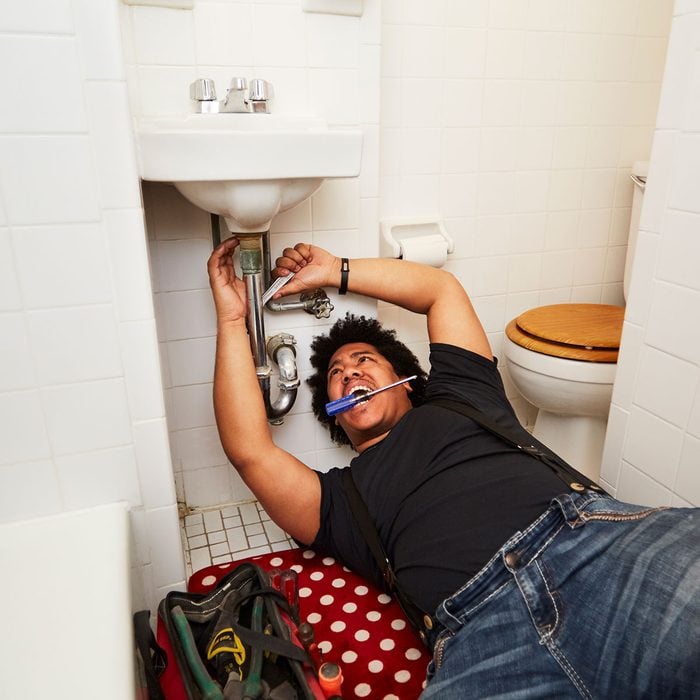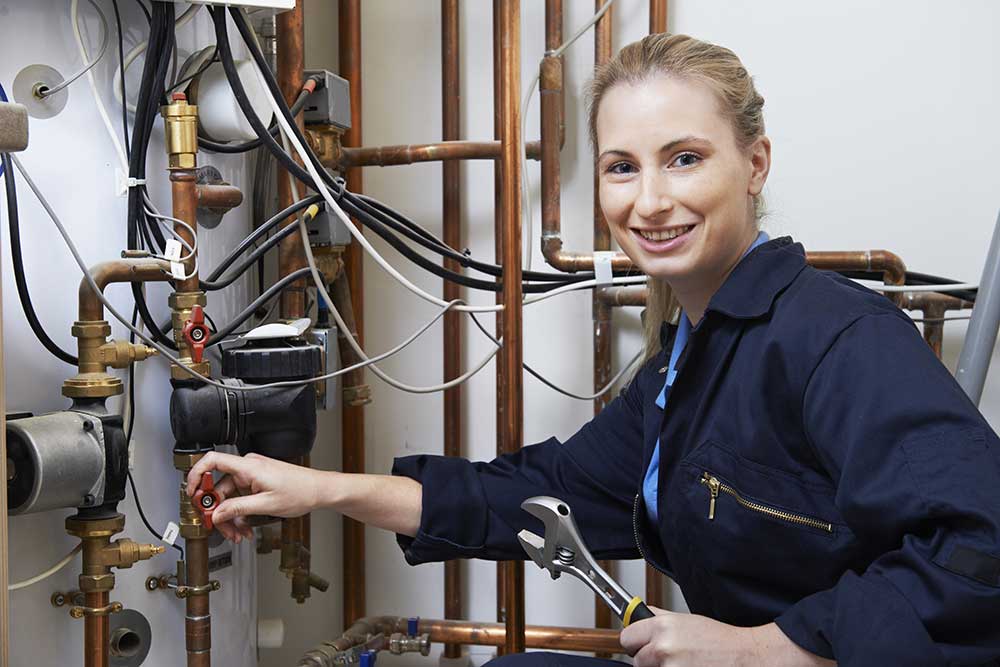A Step-by-Step Guide to Efficient Hot Water Heater Installment for Optimum Efficiency
Beginning on the job of setting up a hot water heater is a venture that requires precision and a systematic strategy for accomplishing optimal efficiency. The process starts with the essential choice of selecting the appropriate heating system tailored to the specific demands of your family, taking into consideration aspects such as energy, kind, and size resource. When selected, preparing the setup location to satisfy safety criteria is critical. The journey does not finish below. As you continue, the ins and outs of attaching water lines and setting up trustworthy electric or gas links await, appealing understandings into making sure performance and reliability.
Selecting the Right Hot Water Heater

Following, consider the dimension and ability of the water heater. It's important to examine your house's warm water needs, which can vary based on the variety of owners and their use patterns. A device that's too small may result in inadequate warm water, while a large design could cause unnecessary energy consumption.
Performance ratings also play a critical role in selection. Search for hot water heater with high Energy Element (EF) ratings, showing remarkable efficiency and lowered power use. Tankless versions, though typically more expensive ahead of time, deal substantial energy savings over time due to their on-demand home heating capacities.
Preparing the Installment Location
Prior to setting up a new water heater, thorough preparation of the installation location is necessary. This makes sure a smooth installation procedure and aids stop future problems (Water Heater installation Alabaster AL). Begin by picking a suitable place that adheres to regional building ordinance and safety and security standards. The area should be completely dry, well-ventilated, and accessible for maintenance. It's crucial to gauge the area thoroughly to fit the hot water heater's measurements, making sure sufficient clearance around the device for effective operation and servicing.
Next, get rid of any type of particles, dust, or obstructions from the site to produce a tidy setting. Check the floor for security, as the water heater will need a solid, level surface to operate properly. If essential, install a drip pan below the device to catch potential leaks or spills, stopping water damages to the surrounding location. In areas susceptible to seismic task, take into consideration mounting seismic bands to safeguard the heater securely in area.
Additionally, guarantee that all required tools and materials get on hand prior to beginning the setup. This includes things such as wrenches, screwdrivers, a degree, and any type of extra hardware needed for placing and protecting the heating unit. A well-prepared setup area establishes the structure for an effective hot water heater configuration, optimizing efficiency and security.
Connecting Supply Of Water Lines
When connecting water lines to your recently installed hot water heater, it is essential to make sure that all connections are leak-free and safe and secure to preserve efficient procedure and avoid water damages. Begin by determining the hot and cool supply of water lines. The cool water inlet is usually noted with a blue label or a "C", while the warm water outlet is noted with a red label or an "H".
Use versatile water my company heating unit adapters to facilitate a much easier installment procedure. Before attaching the connectors, position a plumbing technician's tape around the threaded ends of the water heating system's inlet and electrical outlet pipelines.
Once connections are in place, slowly turn on the primary water system shutoff. Inspect each link for leakages by aesthetically really feeling and examining for dampness. Tighten up links as essential, and ensure the pressure safety valve is appropriately mounted, guarding versus too much stress accumulation.
Establishing Electrical or Gas Connections
Correctly setting up the electric or gas connections for your hot water heater is an essential step to make sure risk-free and effective procedure. For electrical hot water heater, begin by validating that the electric circuit works with the heater's voltage and amperage requirements. Ensure the power supply is transformed off at the breaker to stop mishaps. Link the electric cords to the heating system adhering to the producer's wiring layout. Commonly, this entails linking the ground wire to the environment-friendly terminal, and the staying wires to their equivalent terminals, protecting each with cord nuts.
For gas water heaters, security is critical. Link the gas line to the water heating system utilizing an adaptable gas connector, guaranteeing it is effectively threaded and sealed with pipe joint compound or Teflon tape ideal for gas links.
Once connections are made, check for any kind of potential leaks. For gas lines, apply a soapy water option to the joints; bubbles show a leakage. For electrical connections, double-check that all electrical wiring is safe and secure and properly protected, preserving conformity with neighborhood electric codes.
Testing and Adjusting for Performance
With the electric and gas connections firmly in position, the next step is examining the functional efficiency of your hot water heater. Begin by thoroughly activating the water supply and guaranteeing there are no leaks at any of the joints or valves. Once confirmed, continue to load the container, taking notice of the stress and temperature level setups. It is suggested to establish the thermostat to an advised temperature level of around 120 ° F(49 ° C) to balance energy efficiency and convenience.
Following, do a thorough inspection to guarantee the burner or burner are working correctly. For electrical heating units, use a multimeter to verify if the components are drawing the appropriate existing. In gas designs, observe the burner flame; it must be blue and stable, showing efficient burning.
Change the setups as needed to eliminate inadequacies. Think about implementing insulation steps, such as adding a hot water heater blanket, to additionally improve efficiency by lessening heat loss. Furthermore, check the anode pole's condition, as a tatty rod can minimize effectiveness and lead to container corrosion.
Final Thought
Efficient water heating system Read More Here installment is vital for making sure ideal performance and power cost savings. Firmly attaching water supply lines and very carefully setting up electric or gas links reduce potential concerns.

Appropriately establishing up the electric or gas links for your water heating system is an important action to make sure secure and reliable operation. For electrical water heating systems, start by validating that the electric circuit is suitable with the heating system's voltage and amperage needs. Attach the gas line to the water heating system making use of an adaptable you can check here gas adapter, guaranteeing it is effectively threaded and secured with pipe joint compound or Teflon tape ideal for gas connections.